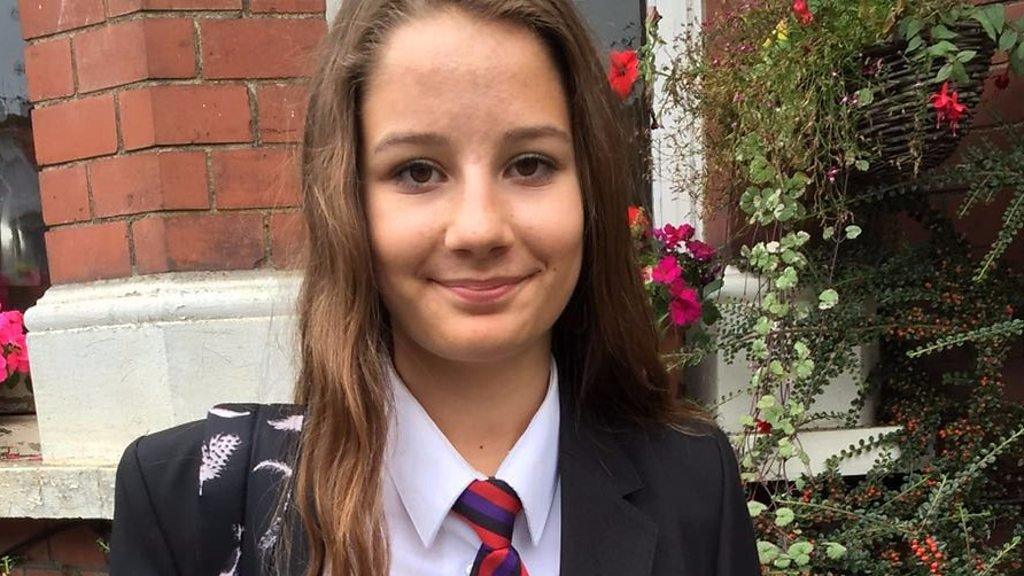Instagram eating disorder content 'out of control'
- Published
'My anorexia really loved Instagram'
Content on Instagram that encourages eating disorders is "spiralling out of control", psychiatrists have warned.
A BBC investigation found children swapping graphic images of weight loss and advice on how to make their illnesses more extreme.
Dr Jon Goldin, of the Royal College of Psychiatrists, said "vulnerable" people were finding peer groups online.
Instagram says it does not allow content encouraging or promoting eating disorders and removes it when aware.
In January, the case of 14-year-old Molly Russell, who took her own life after viewing self-harm images, led to widespread criticism of Instagram.
After public pressure the platform owned by Facebook announced a wide-ranging review and committed to removing all graphic self-harm images from the platform.
But the BBC has found that posts, hashtags, images and search terms promoting and glamorising eating disorders such as anorexia and bulimia are common on Instagram.
Many of the posted images are of emaciated young women often accompanied by instructions on extreme dieting and methods for avoiding scrutiny by parents.
Some users will praise others for efforts to lose extreme amounts of weight.
Many of those posting such content will also include their "target" or "goal" weight - often dangerously low.

Posts, hashtags and images on Instagram like these promote eating disorders
There is evidence too of children searching for so-called "ana buddies" - others who can help them make their illness more extreme.
In one exchange a user said: "If you're ages 13-14 comment below", concluding with the words "I can't do it alone".
Her post received a stream of replies.
One user said "I can fast and I'm 14", and another wrote "I can totally do it with you".
Finally, one user said: "I'm a little younger than that but I need a buddy too."
Figures obtained by BBC News from NHS Digital show a rise of more than 130% in those aged 19 and under suffering from eating disorders being admitted to hospital in England since 2011.
In 2018 there were more than 2,000 admissions for children aged 15 or under - up by 163% on 2011.

'The pictures were so graphic'
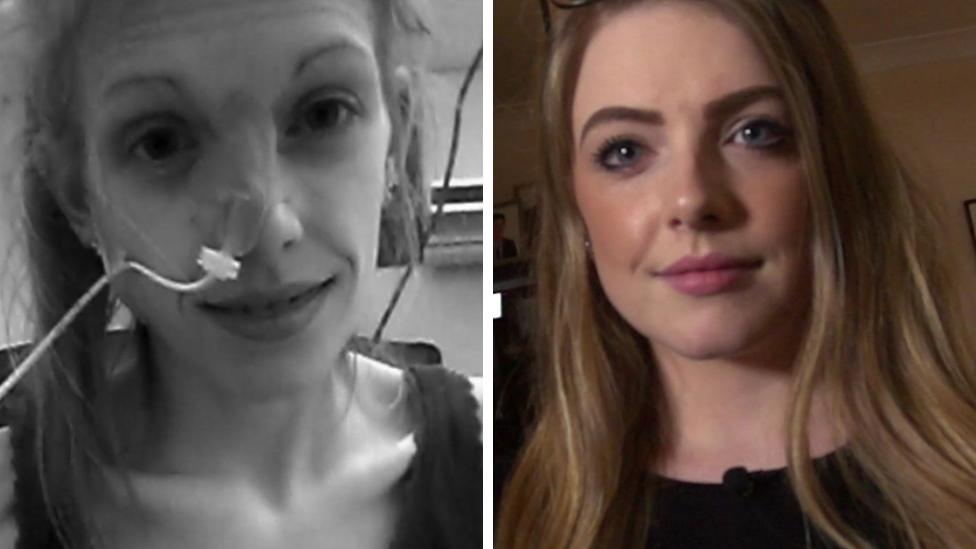
Jodie-Leigh Neil says Instagram "fuelled" her eating disorder.
"The pictures on there were so graphic - just skin and bones really. Anorexia would make you believe you are bigger than that.... And Instagram reinforced that with the comments of 'I feel so fat' all over those posts."
Jodie-Leigh says if she had not received medical treatment she would have died.
She and her mother, Julie, now use Instagram to offer advice and fight back against damaging content.
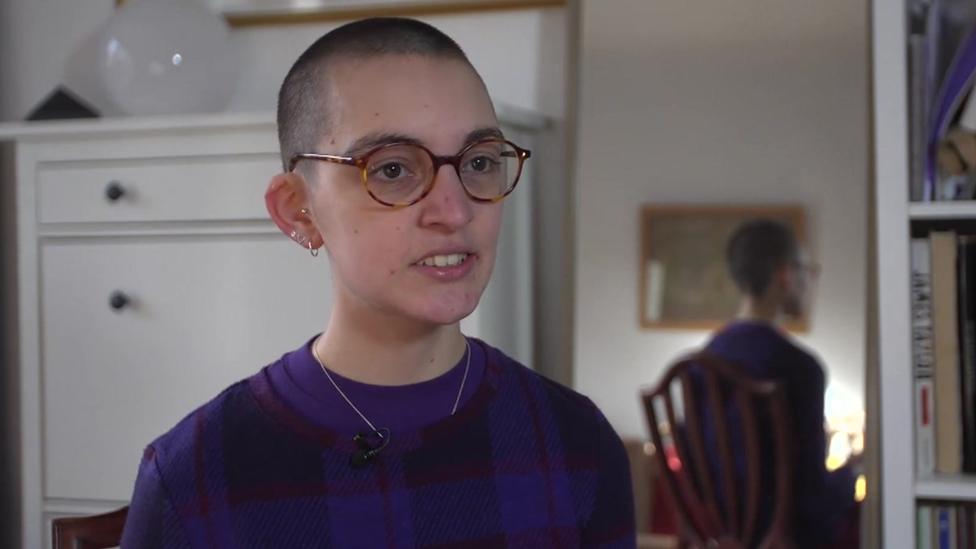
Rose Anne Evans also believes Instagram played a major part in her illness and says even when in hospital the platform bombarded her with recommendations to look at harmful content.
"I'd just get all these suggestions of weight loss hashtags... It just made it easier and in a way... tempting to dip my foot back into the eating disorder world."

Many of the patients treated for eating disorders by Dr Goldin, vice-chairman of the Royal College of Psychiatrists' child and adolescent faculty, use Instagram and other social media platforms.
"It's deeply worrying and to some extent the situation is spiralling out of control", he said. "It glamorises eating disorders."
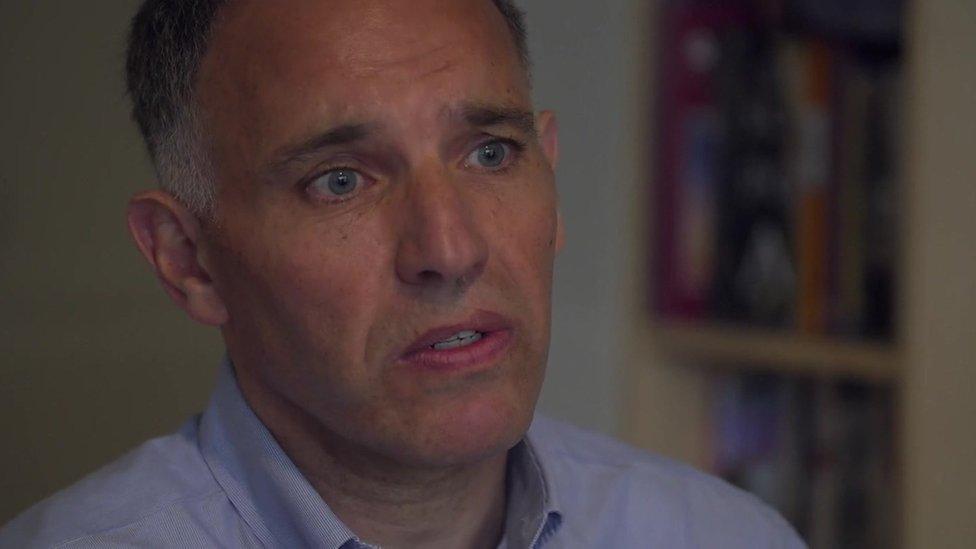
Many of Dr Goldin's patients are often socially isolated and look for a peer group
Dr Goldin added: "Young people with eating disorders are quite vulnerable, they are often socially isolated, they don't have friends and they are looking for a peer group."

What are the signs of eating disorder?
The charity Beat, external says the main signs to watch out for are:
becoming obsessive about food
changes in behaviour
having distorted beliefs about their body size
often tired or struggling to concentrate
disappearing to the toilet after meals
starting to exercise excessively
If you’ve been affected by eating disorders, help and support is available via the BBC Action Line

Instagram and other platforms banned certain hashtags and searches around eating disorders in 2012.
But research by Dr Ysabel Gerrard, a lecturer in digital media and society at the University of Sheffield, found users adopted different hashtags and search terms.
"I think that there is still content on Instagram that should not be there," Dr Gerrard said.
Her main concern is the algorithm which recommends more of the content people have liked or accessed.
"It creates almost this rabbit hole, where you go further and further down it… the platform thinks that's what you want to see."
Instagram also already offers links to help and support and promotes helplines run by charities.
And Dr Gerrard does not advocate removing pro-eating disorder accounts, saying keeping them live allows the platform to offer help.

Instagram is reviewing how it deals with content on eating disorders
Tara Hopkins, head of public policy for Instagram, says the platform does not allow content that encourages or promotes eating disorders but insists it is a complex issue.
"Many people recovering from eating disorders use Instagram in a positive way to get support for themselves and support others," she adds.
Instagram is reviewing how it deals with "self-injury content" - which includes eating disorders - and Ms Hopkins said it expects to "make some adjustments to our policy enforcement, including classifying more content as promotion, so more is removed".
Beat, a UK-based charity offering advice and support on eating disorders, wants social media firms to block harmful content.
Its director of external affairs, Tom Quinn, said: "The government must take whatever steps necessary to ensure that content that promotes eating disorders is not available."
Government proposals on reducing "internet harms" have been delayed several times but are due to be published before the end of the month.
Ministers have spoken about the need to create a statutory duty of care for online platforms and the possibility of setting up an independent regulator.
- Published12 February 2020
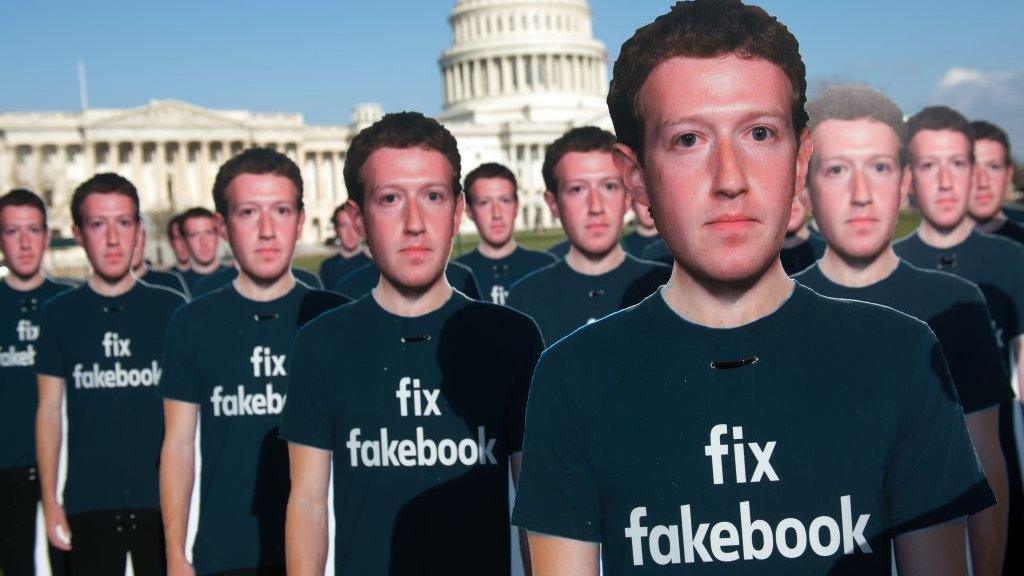
- Published28 February 2019
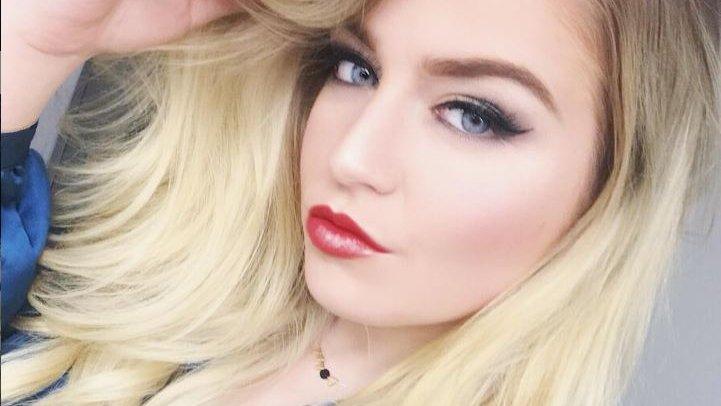
- Published5 February 2019

- Published31 January 2019

- Published28 January 2019
